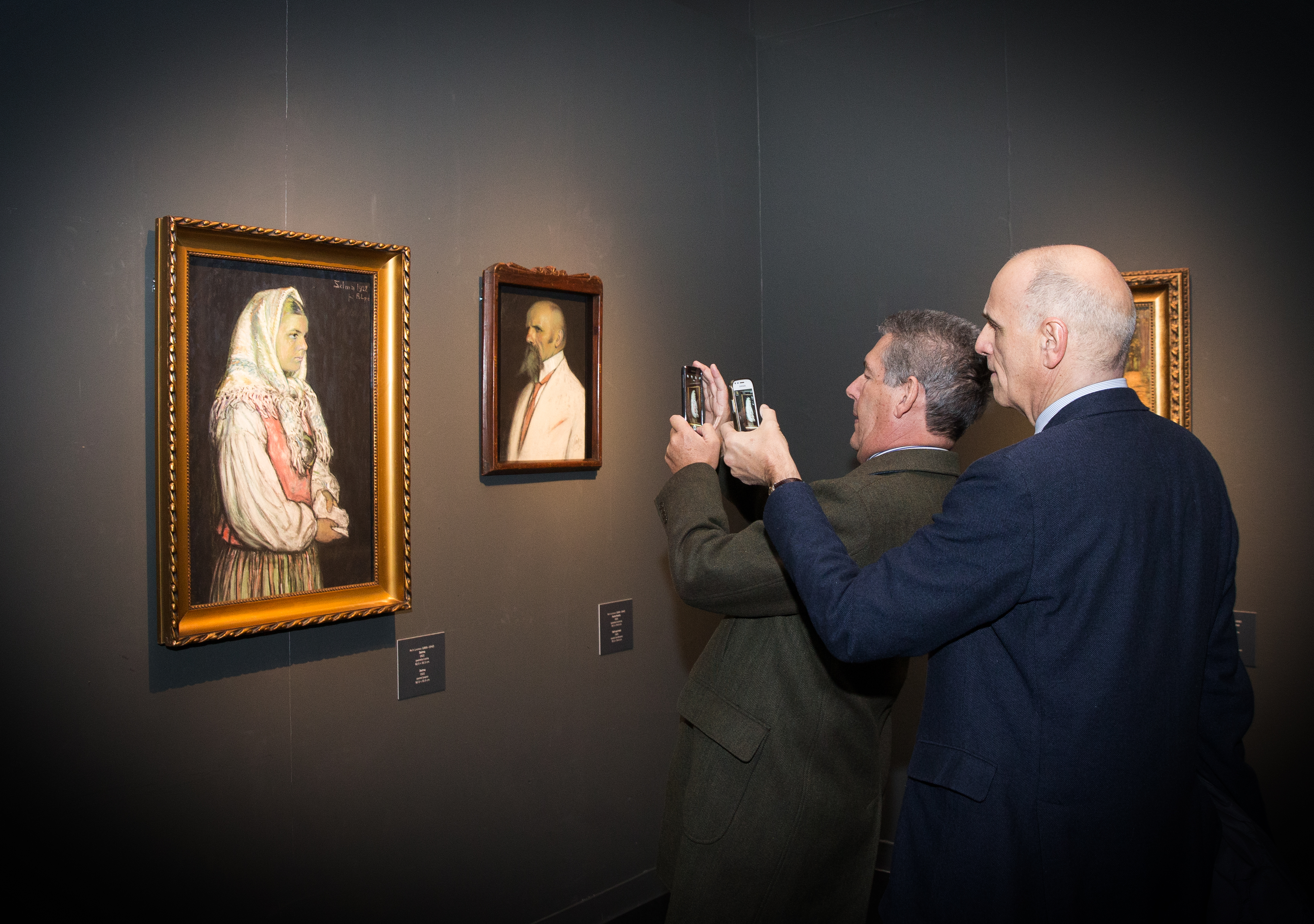Ülle Toode, Rome

An exhibition of Estonian art surprised Italians with Konrad Mägi-esque colours and Nordic landscapes.
Regardless of the fact that the exhibition Nordic Colours of the golden age of Estonian art in 1910–1945 that was put together from Enn Kunila’s collection was on display for only two weeks in the Vittoriano complex at the foot of Capitoline Hill in the heart of Rome, at least 8000 people visited the exhibition. Numerous Italian cultural critics, figures from public life and art enthusiasts were among the visitors that took an interest in the exhibition. This is a major achievement in Rome, where several cultural events or openings of exhibitions take place practically every day.
Sapienza University Professor of History and Art History Andrea Carteny introduced Estonia in artribune.com, one of Italy’s most prominent art portals. According to his assessment, the exhibition was exceptional since it created a background of important moments in Estonian history through art – the achievement of national independence and the later loss of that independence in the Second World War, which put Estonia under Soviet occupation for half a century. Carteny highlights the uncommon ability of our artists to conceal in nature feelings that are expressed in the changing of the seasons – an interplay of form, light and shadow that often brings to the fore the Nordic melancholy characteristic of Estonians.
A Big Surprise
Massimo Di Forti, an art critic of the Roman daily Il Messaggero, says in his article that the exhibition of Estonian art with its particular colours and Nordic landscapes was a big surprise for him. In his estimation, traces of postimpressionism can be seen in Estonian paintings of that time, but this art is nevertheless original and is not simply the product of emulating Western artists.
The art critic and cultural philosopher Arnaldo Colasanti similarly considers the most important achievement of the exhibition to be the fact that one can speak of originality, not imitation, when speaking of Estonian art from the early 20th century. For instance, Mägi, who painted at the time of postimpressionism, added an entirely personal direction to Matisse-like French Fauvism.
We can speak of originality, not emulation, in terms of Estonian art from the early 20th century.
A news item introducing the Estonian exhibition was also broadcast on the Lazio channel of RAI, the Italian national television corporation.
Published in the Estonian daily Päevaleht on 18 February 2015